I'm designing my own computer based on the Zilog Z80. It has 256KiB of static RAM with paging as well as a few megabytes of flash memory. Everything is going along pretty well until * BAM * I hit a dead end.
The problem that I am having is designing a video controller. I was thinking about some kind of a terminal or display. A 24x80 or 25x80 terminal would be wonderful. However, even a 640x480 VGA display would take up enormous amounts of memory.
640 * 480 = 307.2 Kbits
That is even more than the amount of memory addressable by the Z80 at one time!
Also, if I want color, say, one bit per color, I would need 3 bits per pixel.
307.2 Kbits * 3 = 921.6 Kbits
In addition, wouldn't it need to be dual-ported to allow access from Z80 and the monitor?
Because this is extremely difficult to implement in software and hardware, would it be a good decision to use a character ROM? It would be very difficult for me to get fuse-link PROMs or UV EEPROMS. What should I do? Can I put a character ROM in flash memory? How would I implement it in the controller? How do I tell the character ROM which character to spit out? Should I even use VGA? Would component video (NTSC or PAL) be easier than VGA?
If a good system can be designed, perhaps we can even use it for microcontrollers! Give me all you got, I need as many ideas as possible.
